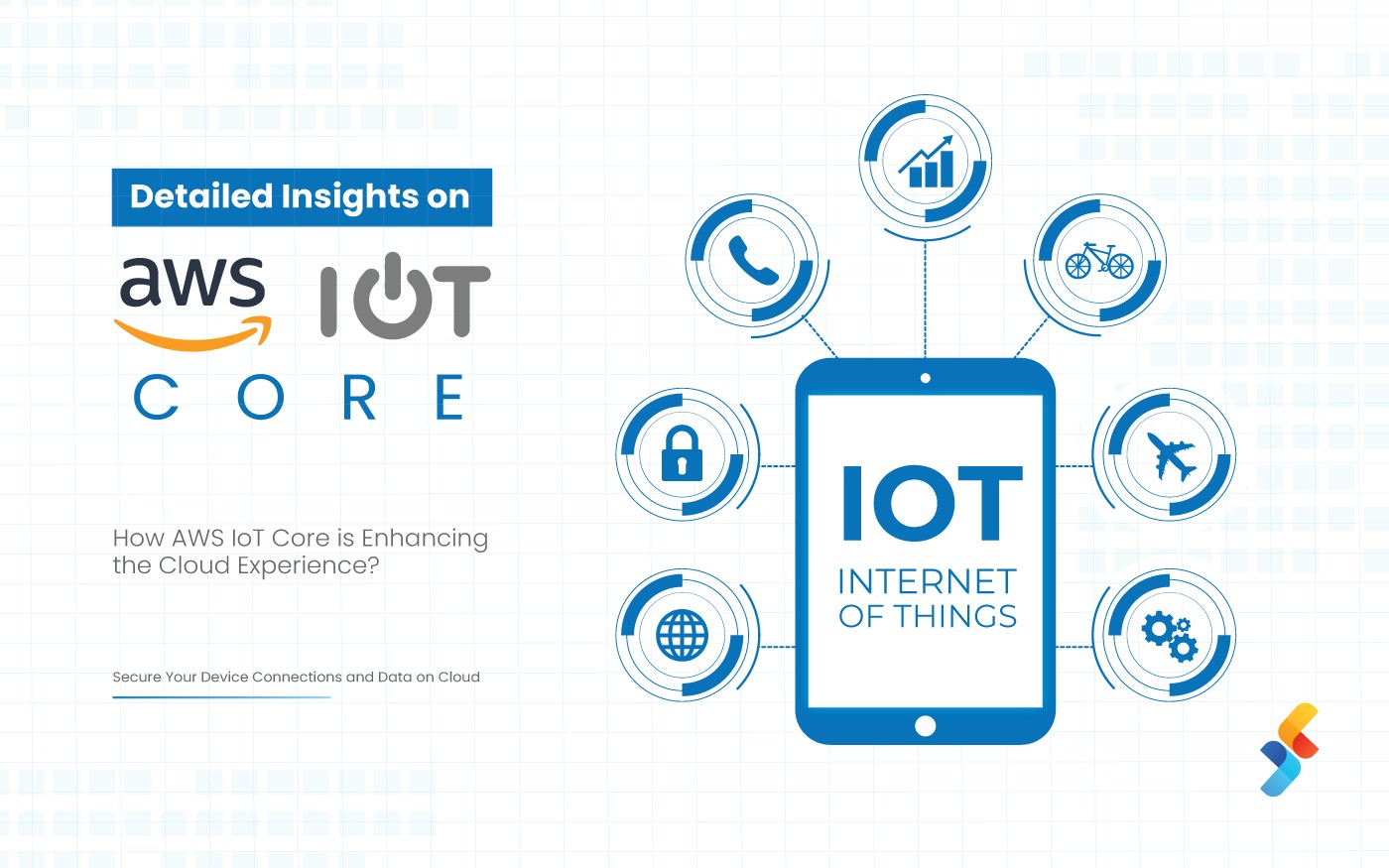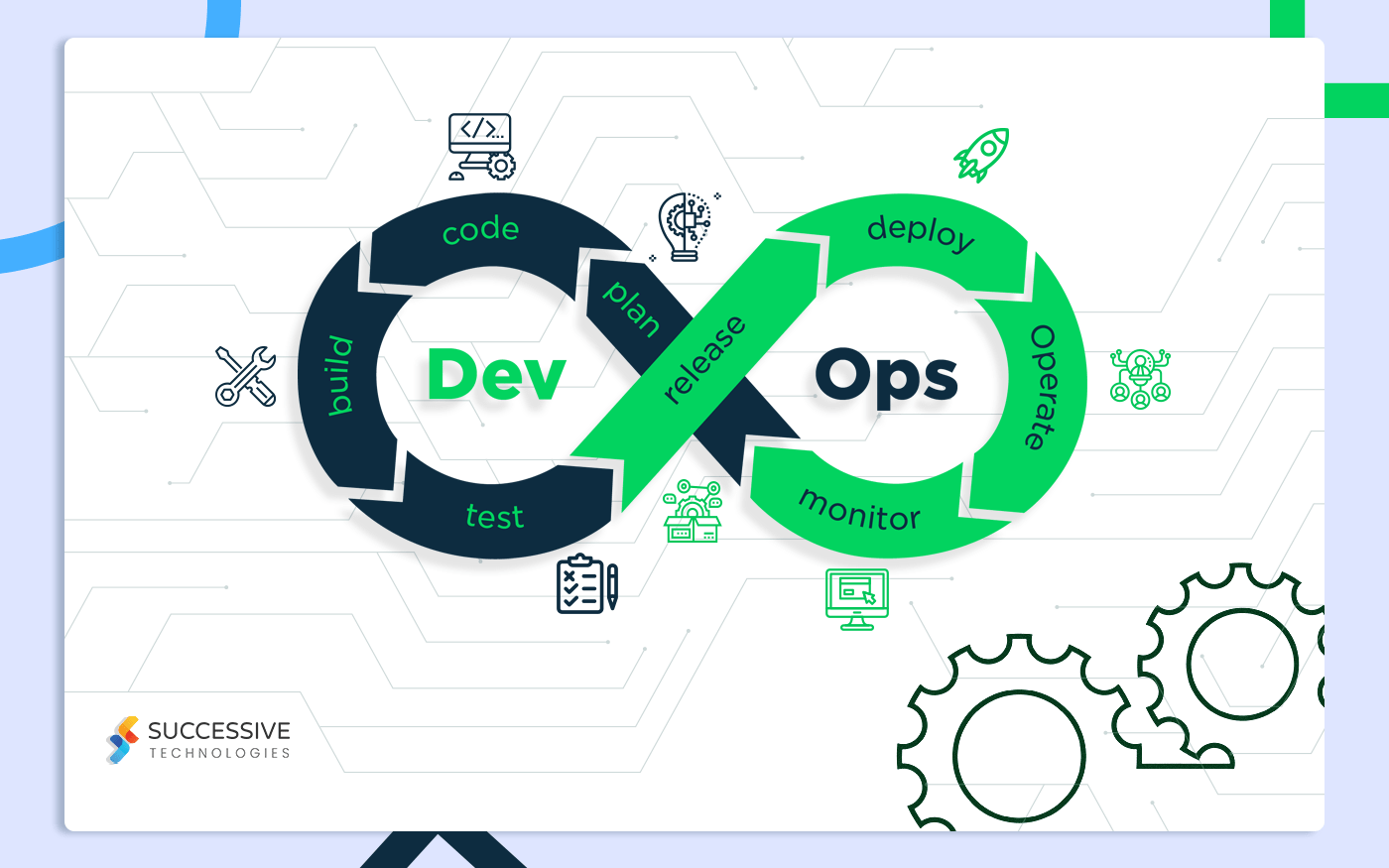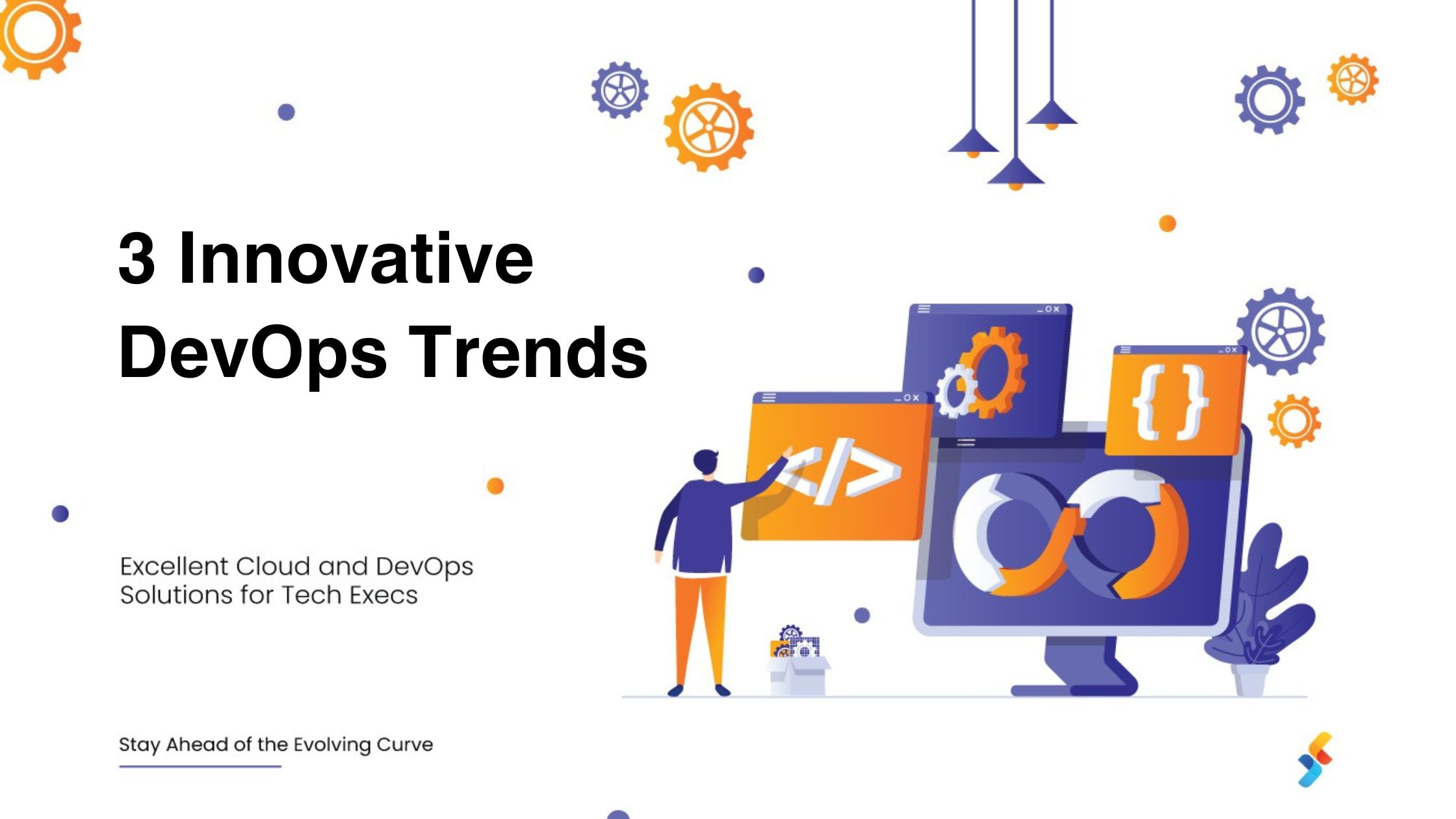With the growing adoption of cloud-native development among startups and enterprises grows the adoption of containerization. In today’s time, applications are developed to be distributed along with the underlying resources. As the number of applications is growing significantly within a particular business module, managing them at a vast level becomes challenging. Above all of that, managing a single source of truth in the application development process also puts additional challenges to the development and operations team. In such scenarios, containerizing applications helps SDLC teams overcome the significant workload of developing, deploying, and managing applications.
Containerization of the applications brings forth several significant benefits to the organizations. Containerizing applications henceforth is one of the crucial offerings among several Kubernetes consulting services and Kubernetes-based infrastructure management. Through this blog post, we would like to share comprehensive details about containerization and how it has become a de facto for developing and developing modern applications also known as cloud-native development.
What is Containerization?
To understand containerization, it’s important to first understand containers. Container is a portable computing environment that contains everything an application needs to run on a system. It contains binaries, dependencies, configuration files, and other files. As virtual machines are virtualized versions of hardware, containers are virtualized versions of operating systems. That’s the reason containers run anywhere, from a private data center to the public cloud or even on a developer’s laptop. Virtualization of an application’s dependencies from the operating system levels allows development teams to move fast, deploy software efficiently, and operate at an unprecedented scale.
Now that you understand the concept of containers, let’s move to containerization. When a new application is built on the concept of microservices and uses operating-level virtualization or containers, we call it a containerized application. This process is called containerization. Developers find it easy to create containerized applications and deploy them faster and more securely.
Developing applications in a containerized way also reduces the chances of errors. For example, in traditional methods, when a developer transfers code from a desktop computer to a VM or from a Linux to a Windows operating system, they often face challenges like code breaks and others. Developing applications in a containerized way eliminates the problem.
In containerization, a developer bundles together application code (microservices) and its dependencies that are required by microservices to run on any environment or platform. Now, the process creates a single package of software i.e. abstracted away from the host operating system, and hence, it stands alone and becomes portable and able to run alone across any platform or cloud.
However, converting a monolithic application into a containerized application or developing containerized applications from scratch is a challenging endeavor as it asks the SDLC team to work on different application development and deployment processes. Cloud consulting services stand here to address all the related challenges associated with cloud adoption and cloud-native development requirements.
What is Cloud Applications?
Cloud applications are nothing but applications that are developed end-to-end on cloud platforms and are using cloud resources. A developer leverages remote servers to set up the application infrastructure instantly and start building the one. Another crucial aspect of cloud applications is these are developed following the best practices such as developing applications adopting event-driven microservices architecture, packaging applications in containers, orchestrating these containers using orchestration tools like Docker or Kubernetes or cloud-platform specific or native orchestration tools and again deploying them with the best practices as business wants it to be for example; blue-green, canary, rolling update deployment, and recreate deployment.
What makes cloud applications efficient is these applications take full advantage of what the cloud has to offer. Along with high scalability and performance, cloud applications are built to be fault-tolerant, and leverage high availability zones to support resilience and business continuity. Cloud-based backup and disaster recovery are also yet another advantage of developing cloud applications. Cloud platforms such as AWS or Azure also support elasticity. As these applications are built through DevOps methodologies, companies achieve faster time-to-market and business agility. No upfront cost is required to build the cloud applications. The pay-as-you-go model of the cloud allows the instant setup of infrastructure and application development and pay based on how much resources are being utilized to run the application.
Read more about how cloud-native development become mainstream in 2024.
What Is The Role Of Containerization In Cloud Application Development?
Cloud platforms or cloud resources are remote data centers often established on Linux OS. When a developer uses a computing device to write and build code, chances are high it will break when shifted to another machine with a different OS. Containerization solves this problem. It abstracts the application component or dependencies and isolates the application for deployment inside an individual OS-based environment. As mentioned above, cloud platforms are remote resources or virtual machines, containerizing your application enables you to deploy them into an individual OS environment referred to as a node in general.
Benefits of Containerization for Cloud Applications
Portability
Containerization of applications allows developers to “write once, run anywhere.” The abstraction of application dependencies allows developers to deploy applications anywhere without rebuilding them. The portability of the application enables developers or system engineers to take their application to the cloud, run it on remote resources, or even deploy it to bare metal.
Flexibility
Developing applications in a containerized way provides developers the versatility to operate their code in any environment, either virtual machine or bare metal. Whatever the demands of deployment, with your containerized applications, you can make the switch seamlessly from metal to virtual or vice versa. Microservices developed on containerized components become so flexible that certain elements can be hosted on bare metal while others can be deployed on cloud environments.
Quick App Startup
Compared to virtualization, containers are lightweight and hence can rapidly start. Containers don’t rely on a hypervisor or virtualized operating system; their startup time is instantaneous. Rapid start is a significant reason for frequent updates and improvements.
Security
Containerization provides applications with an additional layer of security. As one application is isolated from others, it gives confidence that these are running in a self-contained environment. It ensures that if the security of one container is compromised, the other will remain secure. Containerized applications are also isolated from the host operating system and can only minimally interact with computing resources. Together, these advantages make modern cloud applications inherently secure.
Delivery
The bigger the application, the longer it takes to implement improvements. Containerizing an application can solve this issue. Containers also help you divide even the most enormous beast of your application into discrete parts with the help of microservices. As microservices and containers take apart larger applications, this division makes it much easier for developers to implement changes and deploy new code. You can change the configuration requirements of the application without affecting the whole.
CI/CD
The portability of containers and applications through containerization helps maintain uniform configuration across different environments. Henceforth, adopting and maintaining continuous integration, delivery, and deployment (CI/CD) becomes easy for organizations and allows them to release applications more frequently without compromising on quality. This is one of the primary benefits that cloud-native applications are developed and deployed on a containerization basis.
Conclusion
Container-based applications leverage a virtual operating system dedicated to a specific piece of application and make the application portable. It enables developers to quickly build and deploy the application on any platform. Companies with containerized applications can meet the growing demand easily, push changes faster, and maintain applications efficiently. As containerized applications are the first thing to deploy Kubernetes for container application management, Kubernetes consulting services can help you assess the application state and suggest what will you need to improve or adopt to make the application cloud-native.












